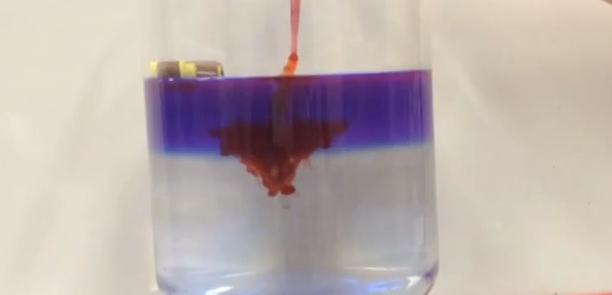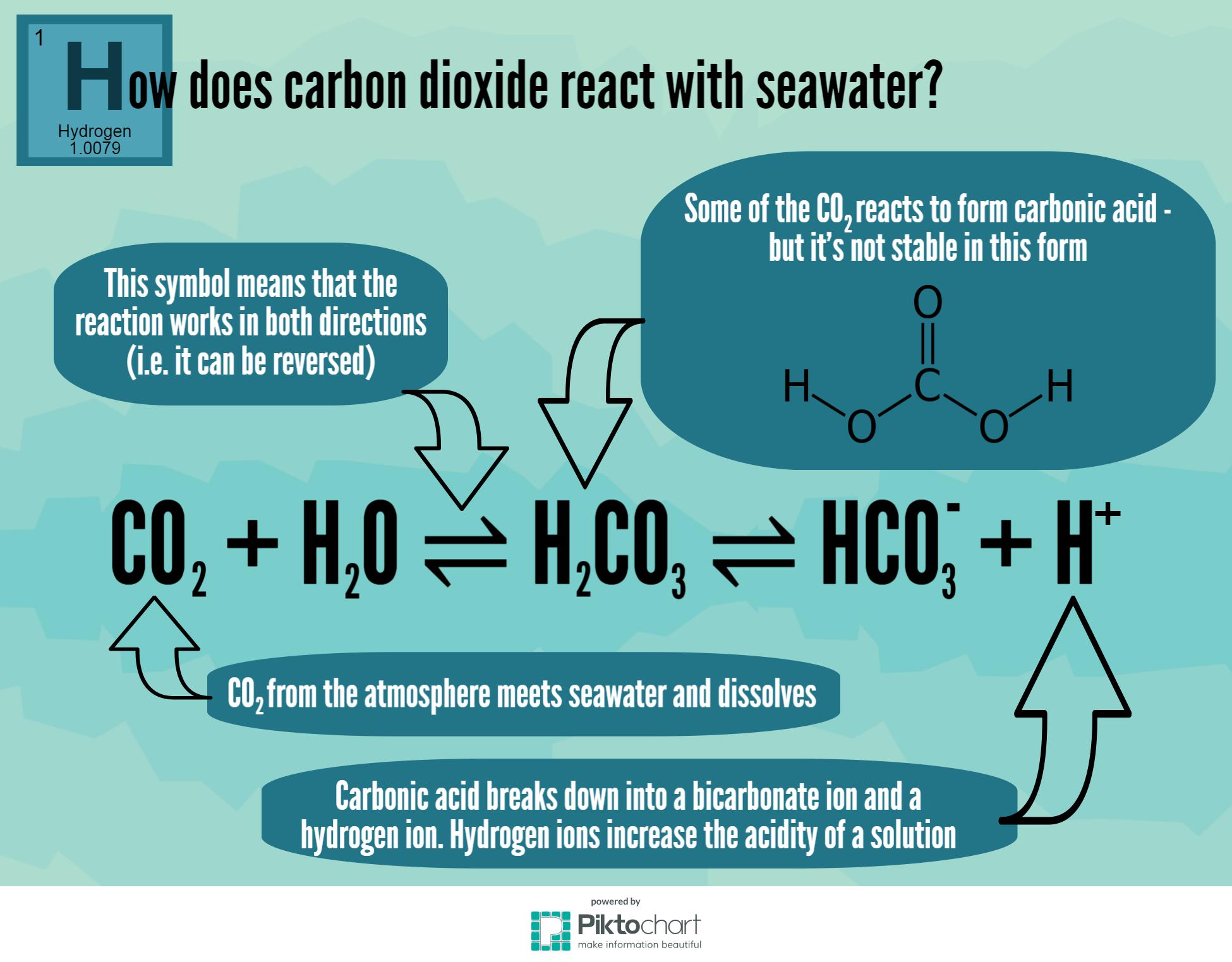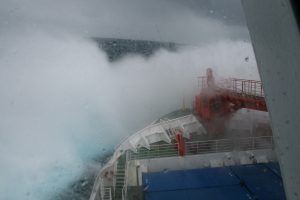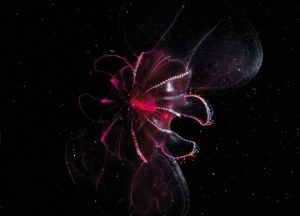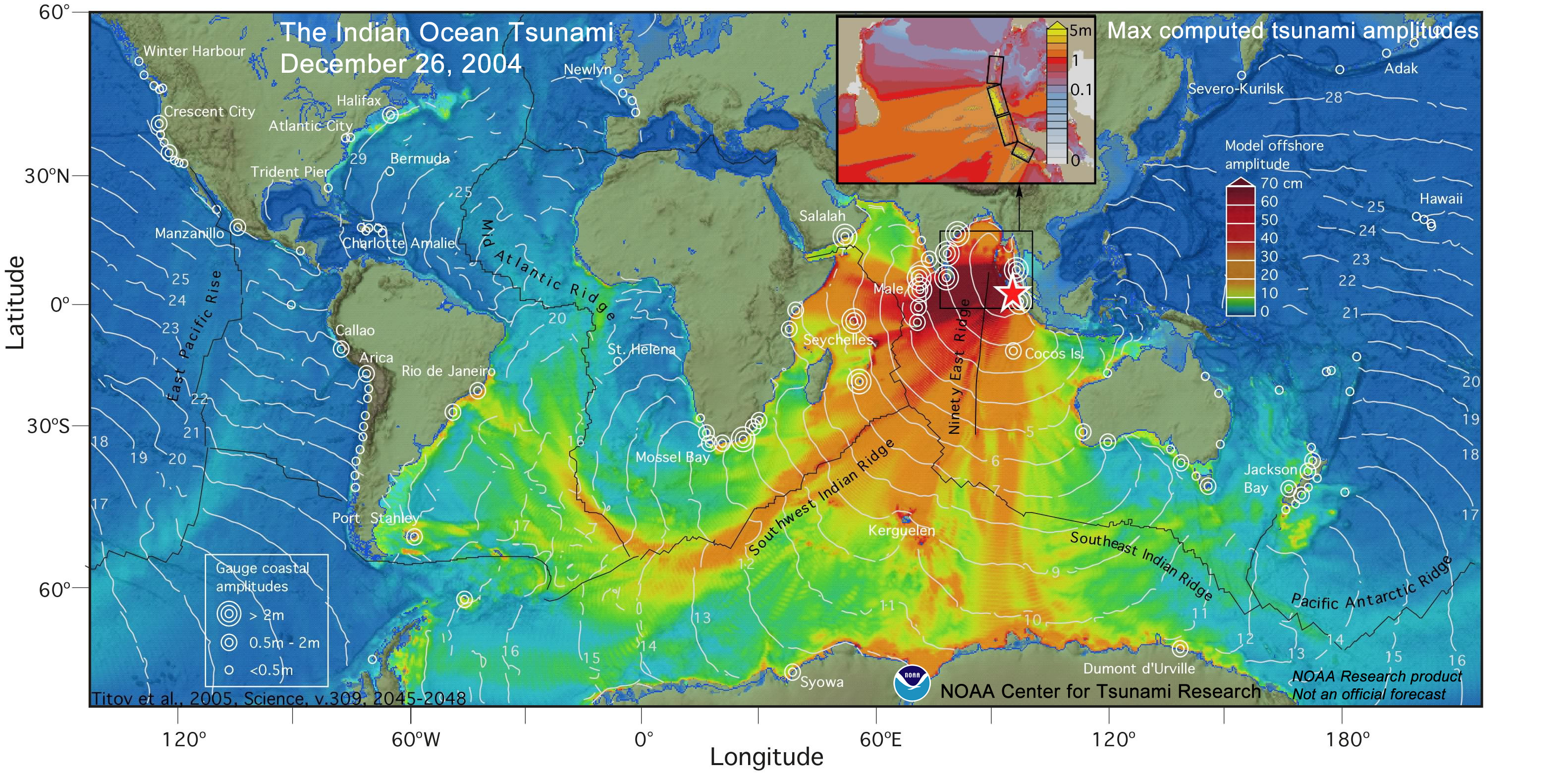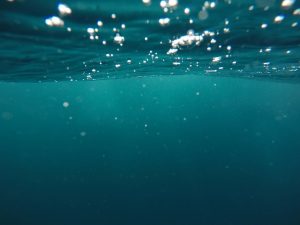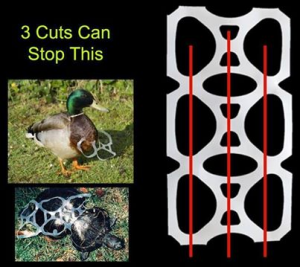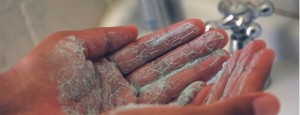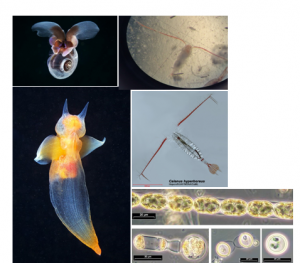
Polar marine biology
This week the course focused on marine life. How diverse, abundant and adaptable it is. However, there is one region where life has to deal with extra challenges. A changing light system, from 24 hours of sunlight to complete darkness for months, harsh sub-zero conditions and changes to the composition of seawater from the freezing and thawing of ice. This is of course the Polar Regions (Arctic in the north and the Antarctic in the south).
Continue reading →

